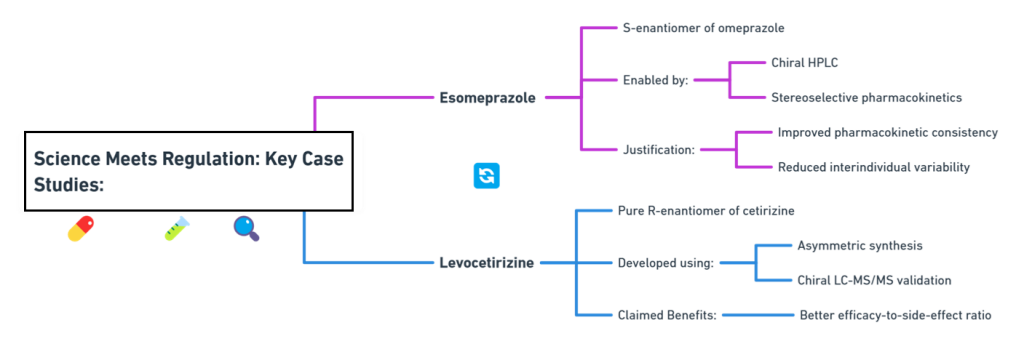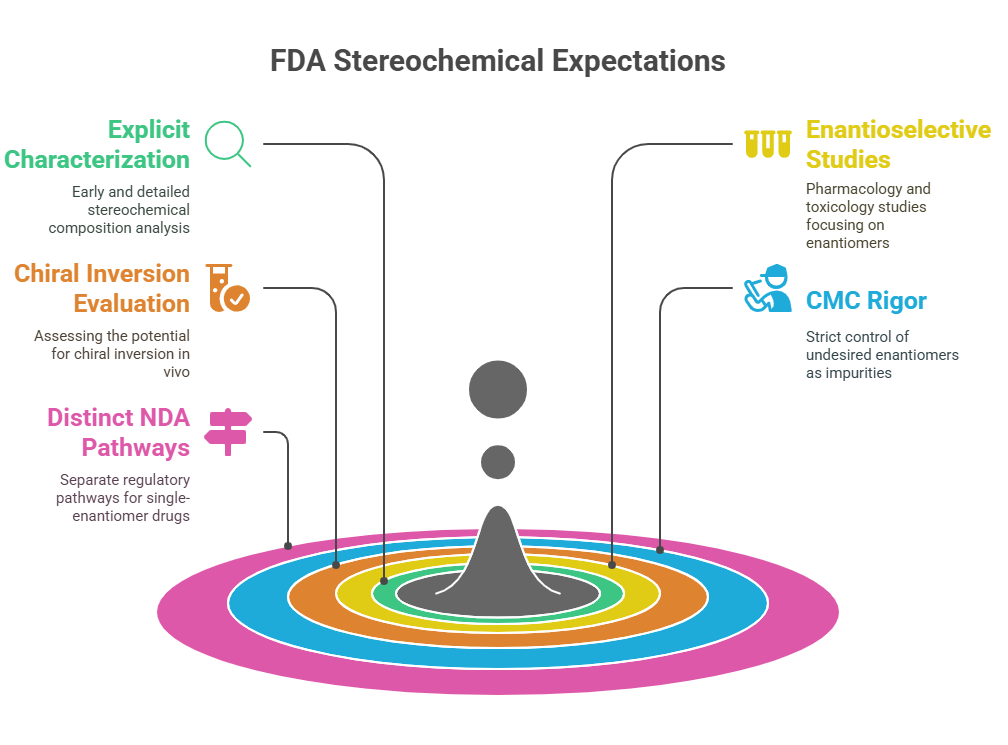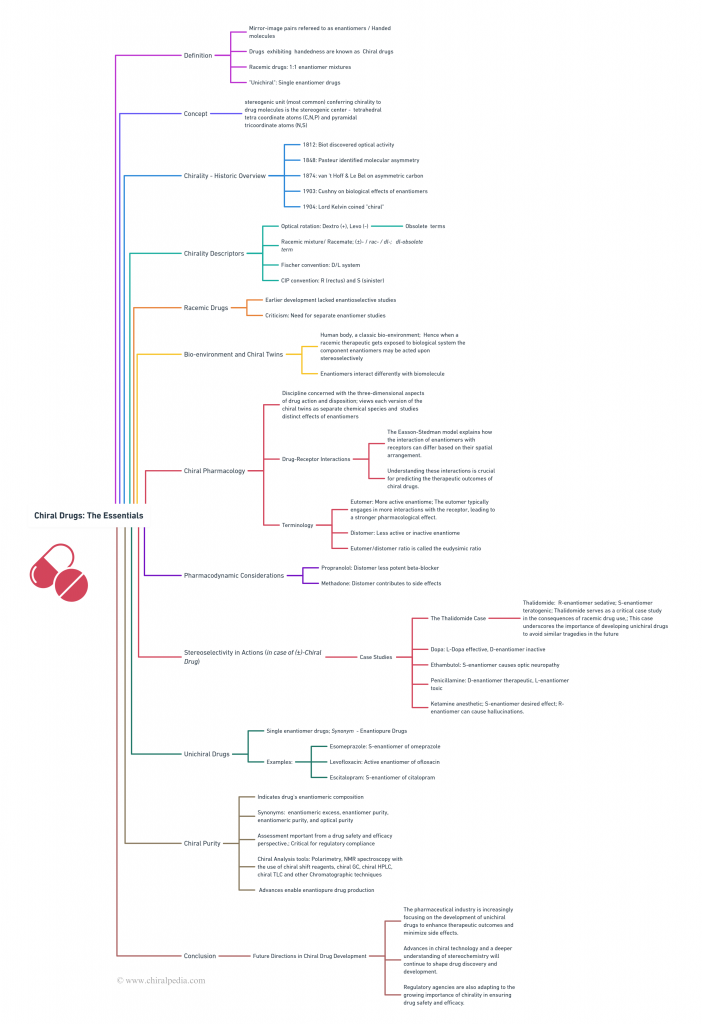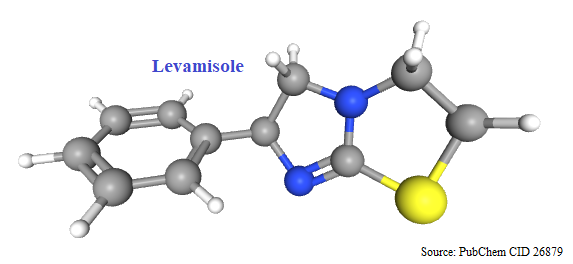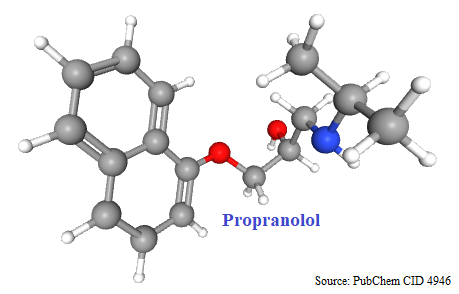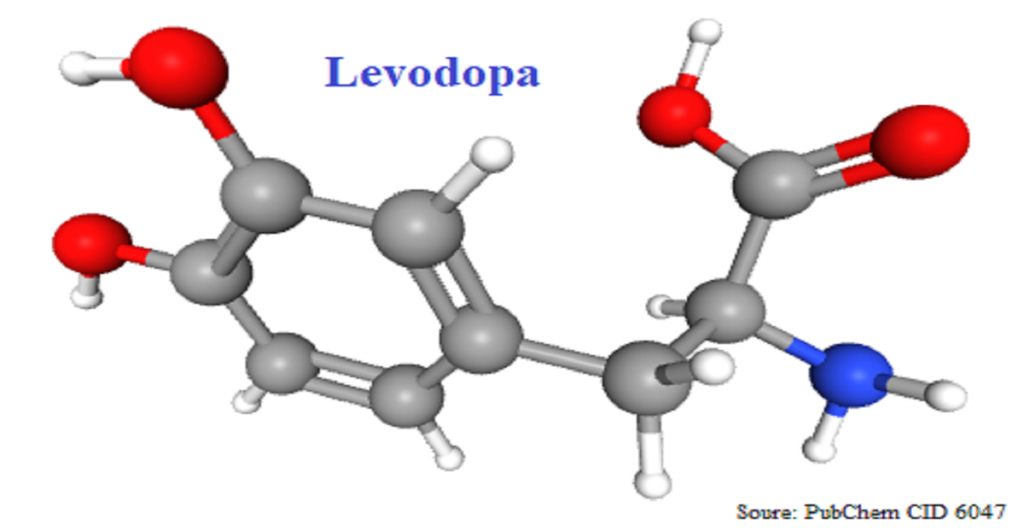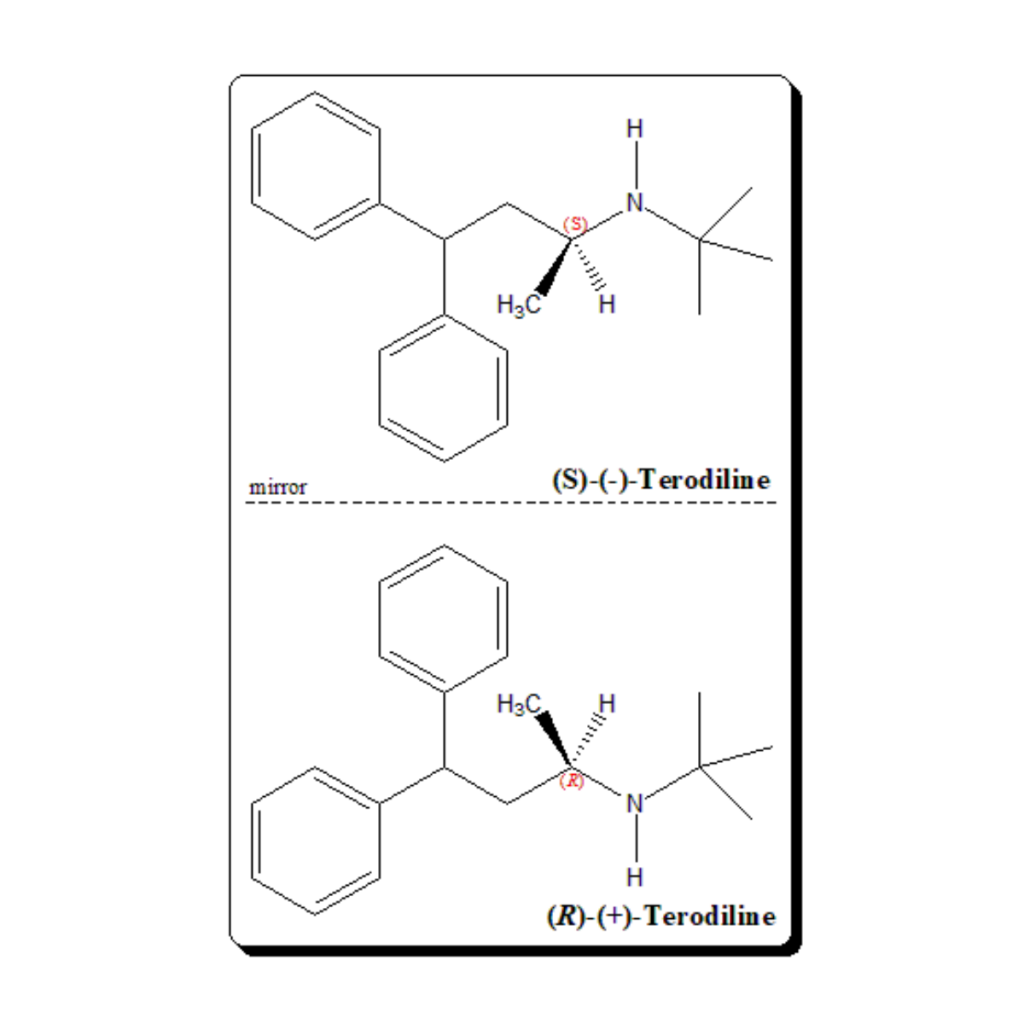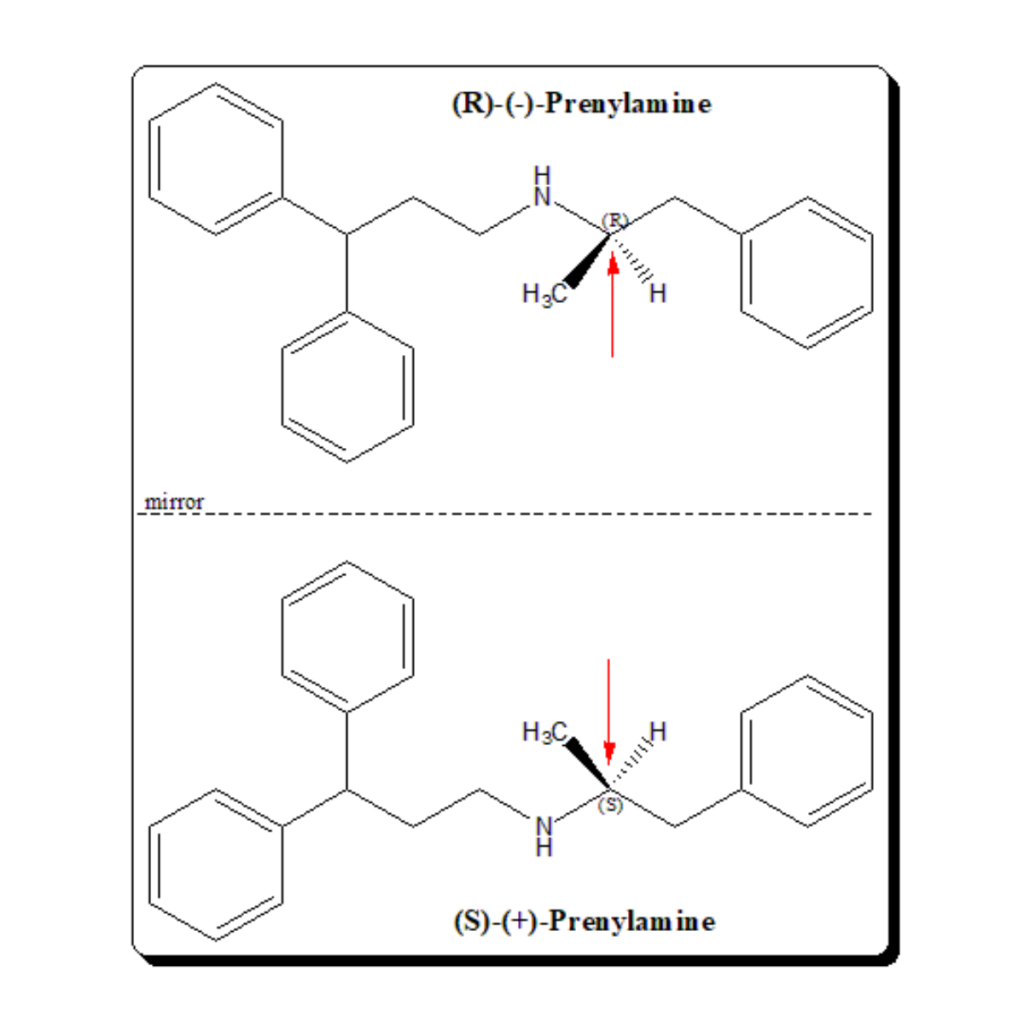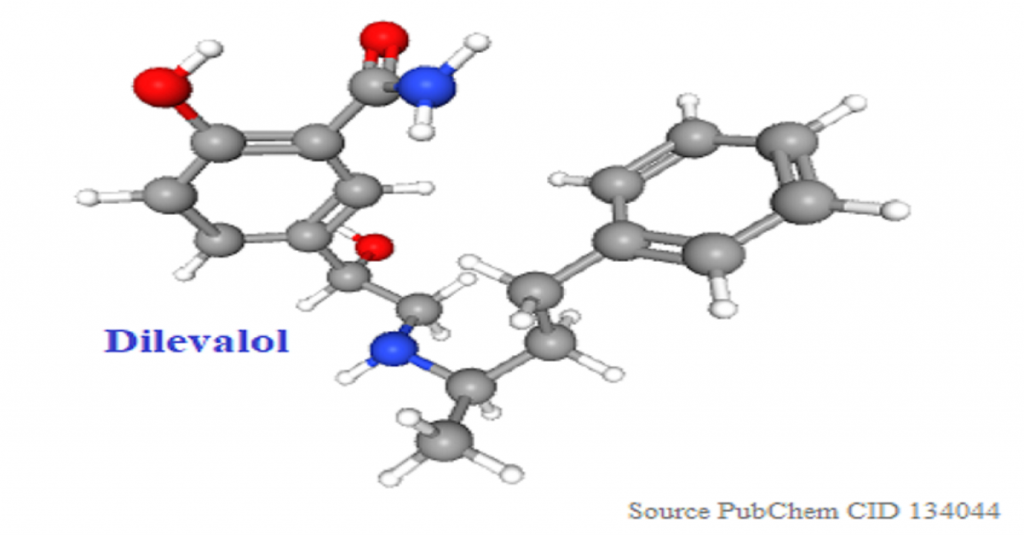Episode 4: Technology as Catalyst: How Science Enabled the Regulatory Transformation
Tagline: “When scientific precision sharpened, so did regulatory vision -technology became the bridge between molecules and medicine.” Introduction The regulatory awakening around chiral drugs in the 1990s did not occur in isolation. It was powered, almost inevitably, by remarkable scientific and technological breakthroughs. Before sophisticated tools existed, distinguishing and isolating enantiomers was labor-intensive, error-prone, and prohibitively expensive. It was the advent of new chemical, analytical, and bioanalytical technologies that made the regulatory demands for stereochemical …
Episode 4: Technology as Catalyst: How Science Enabled the Regulatory Transformation Read More »
